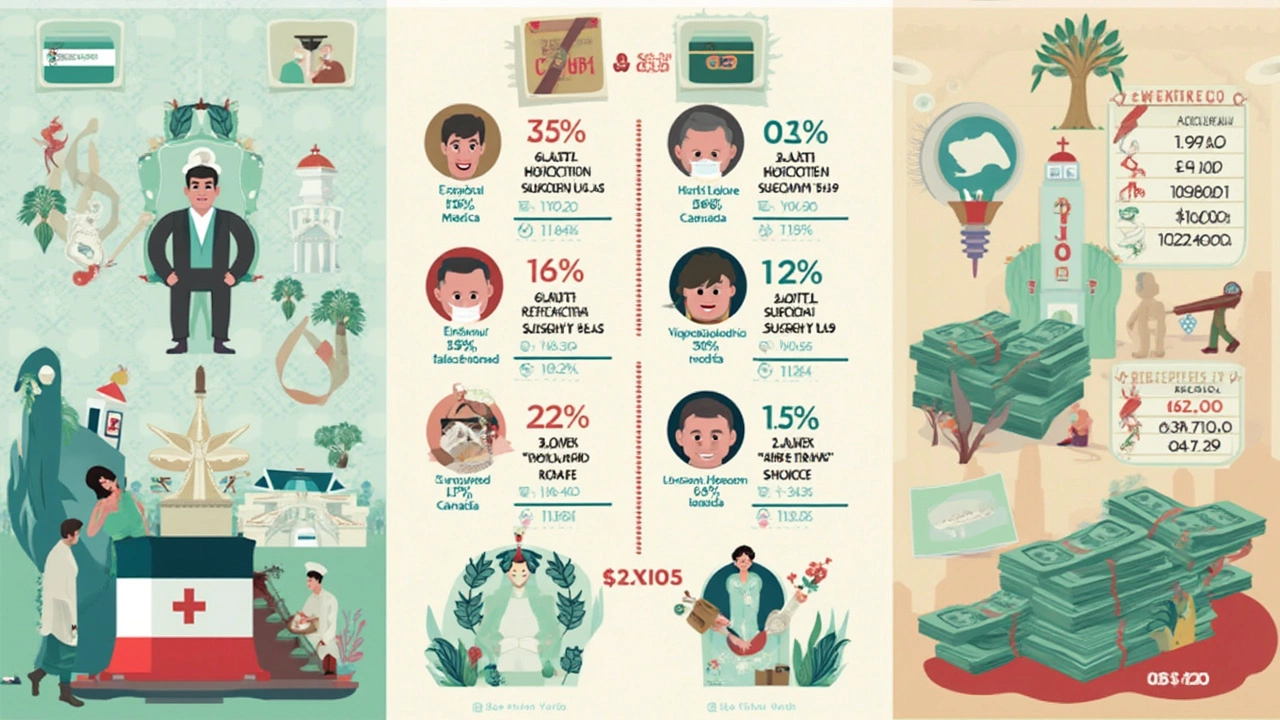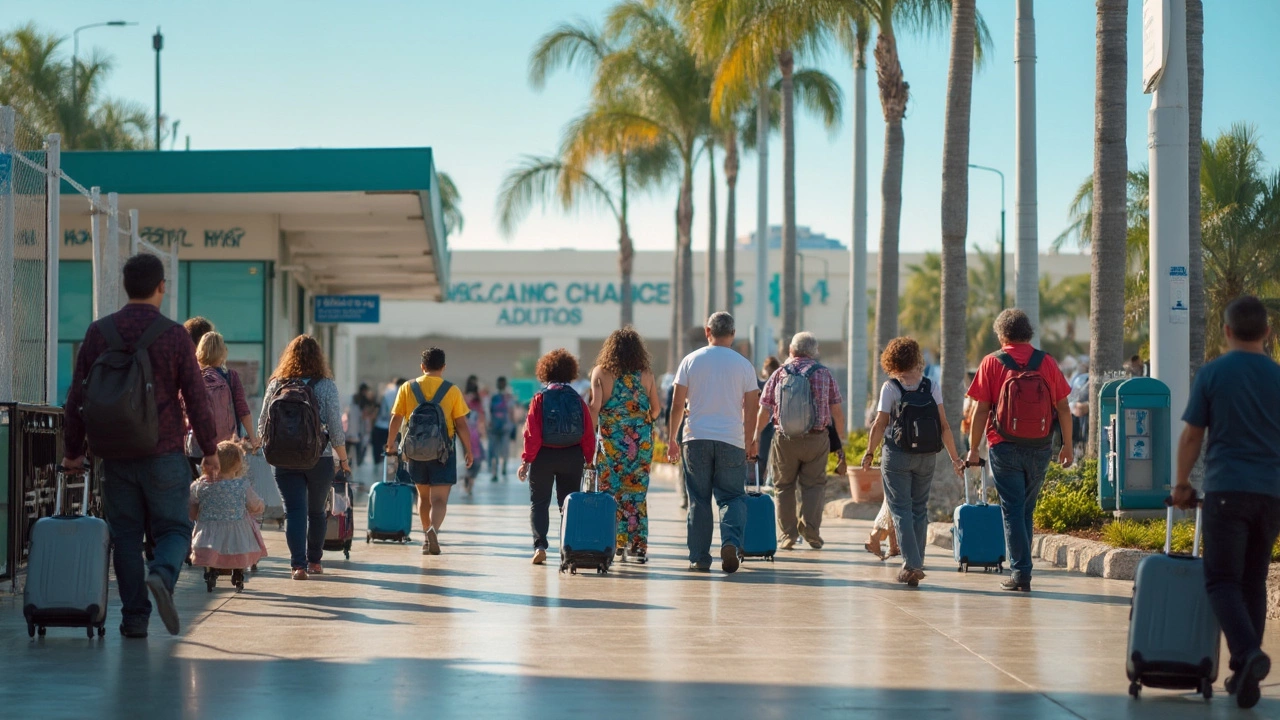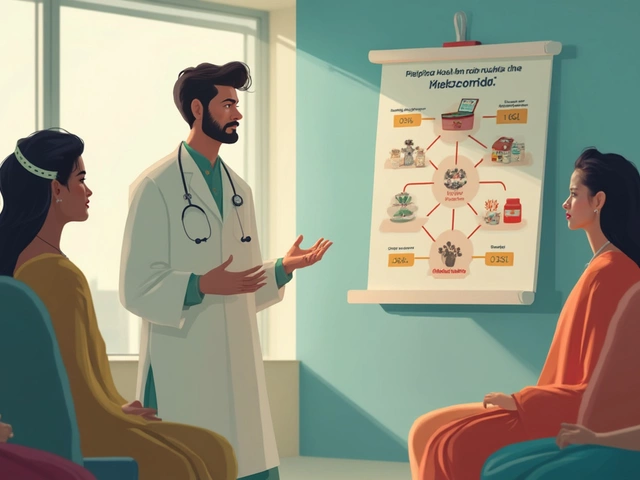As the sun rises over Tijuana or Cancun, not everyone’s unpacking a swimsuit—some folks are booking a spot in the waiting room. Here’s the jaw-dropper: Mexico ranks among the top five countries in the world for medical tourism Mexico, right up there with Thailand and Turkey. Every year, more than a million visitors come for dental work, cosmetic makeovers, and even major surgeries. Why? Let’s get blunt: insurance deductibles north of the border can buy you a used car, and the wait lists are sometimes longer than a Game of Thrones season. But is going south for surgery really safe? Let’s untangle the hype with actual facts—and a little street smarts thrown in, too.
Why Are People Flocking to Mexico for Medical Care?
It’s not just retirees or sun-seekers ending up in a clinic chair. Americans, Canadians, even Europeans are crossing into Mexico for everything from dental implants to gastric bypass. Money’s a big reason, no doubt about it. For example, an all-ceramic crown that might set you back $1,800 in the U.S. can cost just $400 in Los Algodones—aka "Molar City." A full set of veneers that eats up your savings back home is half the price or less in Cancun. The same goes for weight-loss surgery: for Americans, gastric sleeve surgery averages $17,000 at home, but $4,500 in Mexico. No insurance headaches, either. There’s a table below to put some numbers behind the buzz:
| Treatment | Average U.S. Cost | Average Mexico Cost |
|---|---|---|
| Dental Implant (single) | $3,500 | $950 |
| Porcelain Veneers (per tooth) | $1,500 | $350 |
| Rhinoplasty | $7,500 | $2,800 |
| Liposuction | $6,000 | $2,400 |
| Gastric Sleeve Surgery | $17,000 | $4,500 |
Besides savings, there’s the wait time factor. In Canada or the UK, publicly funded healthcare is great—if you’re cool sitting in the queue for six months. In Mexico, you can show up, schedule, and get work done in days, not months. Also, these clinics cater to foreigners, so English-speaking staff and concierge service aren’t unusual. Big tourist spots—Tijuana, Cancun, Mexicali, Mexico City—have entire blocks dedicated to foreign patients. If you’re picturing a shabby hut, you’re about a decade behind. Some clinics look more like Instagrammable hotels, with modern tech and spa-like lounges.
Mexican Medical Facilities: What’s Actually On Offer?
Let’s cut through the travel agent brochures. Top clinics in Mexico are accredited by international bodies like the Joint Commission International (JCI)—the same ones that check U.S. hospitals. Places boasting this status have to jump through some serious hoops. There’s also the Consejo de Salubridad General, a Mexican government board that gives the green light to reputable facilities. You’ll find board-certified surgeons, not just in big cities but also spots like Los Algodones, where dental tourism is king. English is widely spoken at the front desk. Surgeons and specialists often train abroad—think Harvard, UCLA, Oxford, or Barcelona.
Still, there’s a spectrum. On one end, you have gleaming hospitals with MRI machines you’d expect in Miami. On the other, yeah, there are low-budget clinics advertising “full smile makeovers” for pennies. The gold-standard spots gladly show off credentials, glowing reviews, and photos of their team. Shady clinics, meanwhile, avoid your questions or dodge the topic of follow-up care. The best rule? If a deal seems weirdly cheap—even by Mexican standards—it’s usually not worth the risk.
If you’re curious about the scale: the Mexican government says there are over 1,200 clinics registered for foreign patients, with hot spots in Baja California, Jalisco (Puerto Vallarta), and Quintana Roo (Cancun). Dental, cosmetic, ophthalmology, fertility—almost every specialty you’d look for, with many clinics solely targeting Americans and Canadians.

The Real Risks: What Can Go Wrong?
This is where you want honesty, not scare tactics. Any surgery is risky—whether it’s in Mexico, Miami, or Mumbai. The main concerns? Infection, communication gaps, fake credentials, or complications when you’re back home. In rare cases, people have experienced poor outcomes due to unqualified practitioners or sub-par equipment. There were reports: a CDC study from 2019 looked at Americans who came home with antibiotic-resistant infections after surgery in Tijuana. They had picked clinics with rock-bottom prices and few credentials, skipping research. If there’s a rule with medical tourism, it’s this: do your homework or you might pay twice—once with your wallet, once with your health.
Most reputable clinics publish success rates—ask for them. Google reviews, Facebook groups, and forums are packed with firsthand stories (the good, the bad, and the downright sketchy). Also, some U.S. insurance companies cover cross-border care but only if you use certain facilities. If your surgeon can’t supply videos, diplomas, or patient references, run—not walk. Another thing people don’t always think about: what’s your plan if something goes wrong after you get home? Regular follow-up visits may not be possible. Emergency fixes back home can get expensive, and some U.S. providers don’t want to touch overseas work.
Safety isn’t only about the clinic. The U.S. State Department issues travel advisories, and certain border regions do deal with crime unrelated to medicine. That said, medical tourists aren't typical crime targets, but you should stick to safer neighborhoods, book registered taxis, and keep flashy jewelry out of sight—just as you would as a tourist anywhere.
How to Choose a Safe Clinic in Mexico: Steps and Red Flags
Here’s how you can stack the odds in your favor, drawn from real patient stories and my own research (no, Bella the cat didn’t need dental work in Tijuana):
- Demand Certification. Top clinics post photos of their certifications and international accreditations. Look for JCI, IMTJ, or the Mexican Consejo de Salubridad General.
- Ask Where the Doctor Trained. Many top surgeons trained in the U.S., Europe, or at Mexico’s best universities. Ask for board-certification proof.
- Reviews Matter—But Look Deeper. Facebook groups for dental and surgery travelers are gold mines of unfiltered info. If every review is five stars and written the same way, be skeptical.
- See Before-and-After Photos. Not stock images, but actual patient work—bonus if you can talk to former patients.
- Ask About Complications Policy. A real clinic explains their options for revision, infection, or follow-up support in plain language.
- Check Communication. If they dodge your questions or you sense a language barrier, think twice—clear communication is your safety net.
- Go for Clean and Modern. Pictures of the facility help. It should look like a place you’d trust—clean, organized, modern.
- Travel With a Friend. After anesthesia or serious dental work, you don’t want to navigate taxis or hotels alone.
- Ask About Credentials, Not Just Price. If the only thing a clinic can tell you is their low low price, that’s a red flag.
Keep in mind, top hospitals and clinics offer patient coordinators to help with travel plans, room bookings, and sometimes even airport pickups—you shouldn’t feel lost or rushed at any stage.

Can You Actually Save Money Without Sacrificing Safety?
When you look at the numbers, you can easily pay 50-70% less than in the U.S., even after flights and hotels. Some cities, like Los Algodones or Tijuana, are built for walk-across-the-border tourists—no need to fly. But saving a ton up front only feels good if your care is solid. Medical travelers who rave about their results often use money saved for upgraded procedures, fancier hotels, or to bring a friend along for support.
But be real about potential add-ons: travel insurance, after-care costs, even extra days if complications hit. Some dental work, for example, takes two trips—one for prep, another for final fittings a few weeks later. And not every charming dentist in a white coat is world-class. There are stories of botched veneers, infections, bad implants—almost always at places without solid online reputations or clear credentials.
If you think it through, triple-check the clinic, and talk openly with your local doctor before you go, you can make Mexican medical tourism work for you. Bring medical records. Download WhatsApp for easier communication. Pack a sense of adventure—with a side of caution. Money can be saved, risks can be managed, and for thousands every year, the trip pays off.





